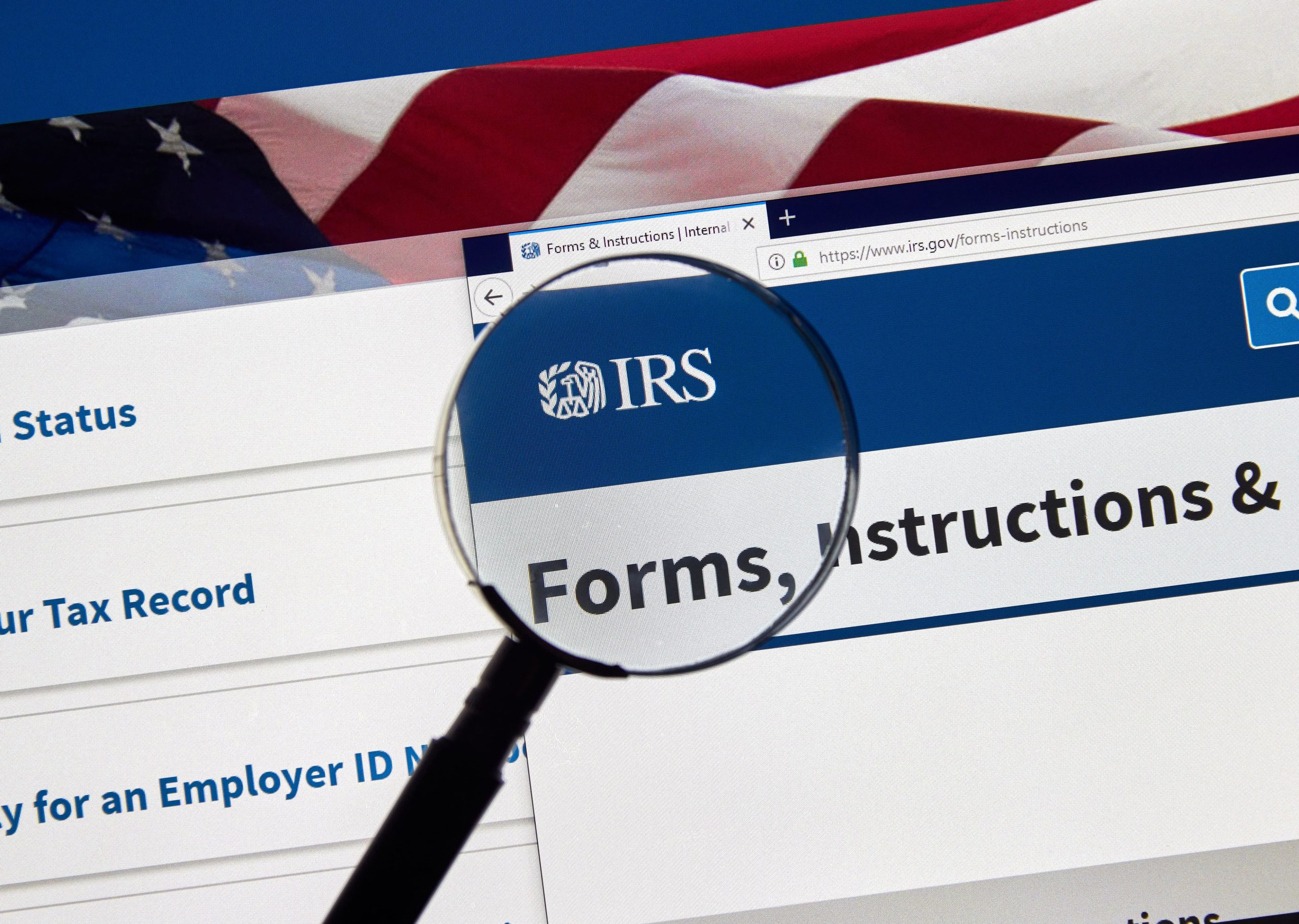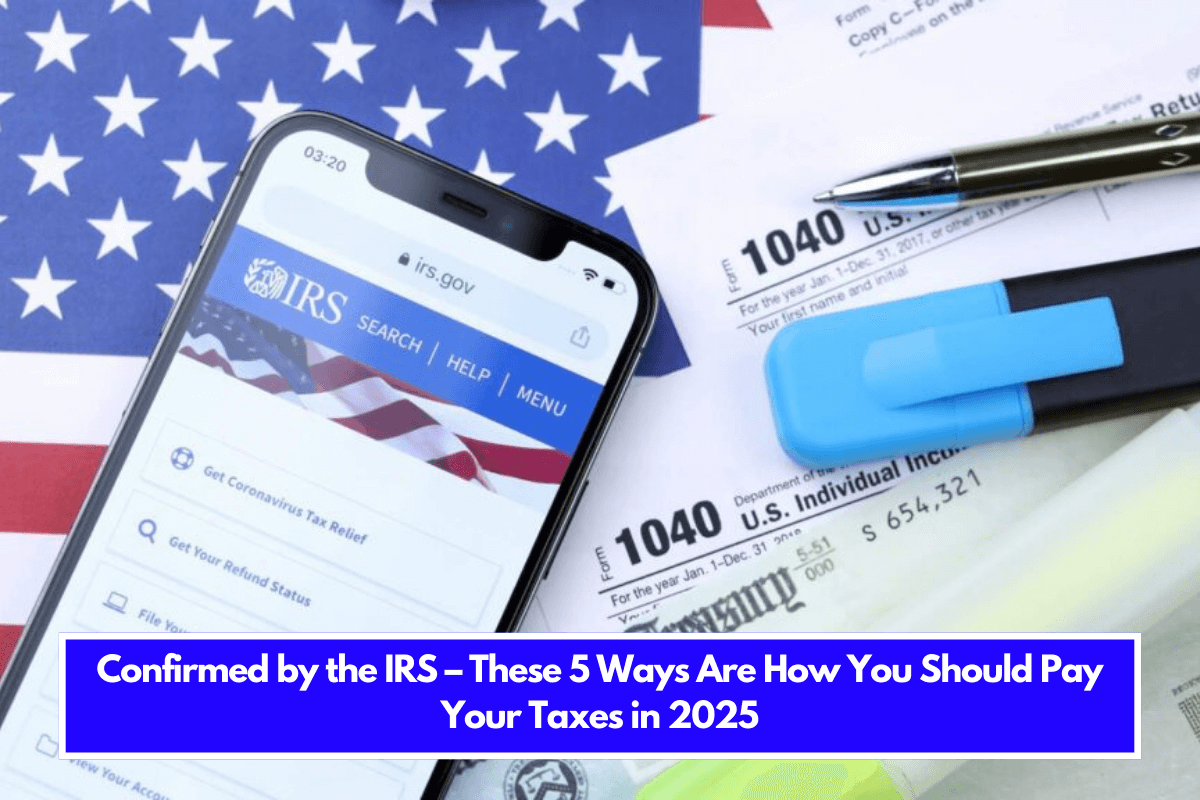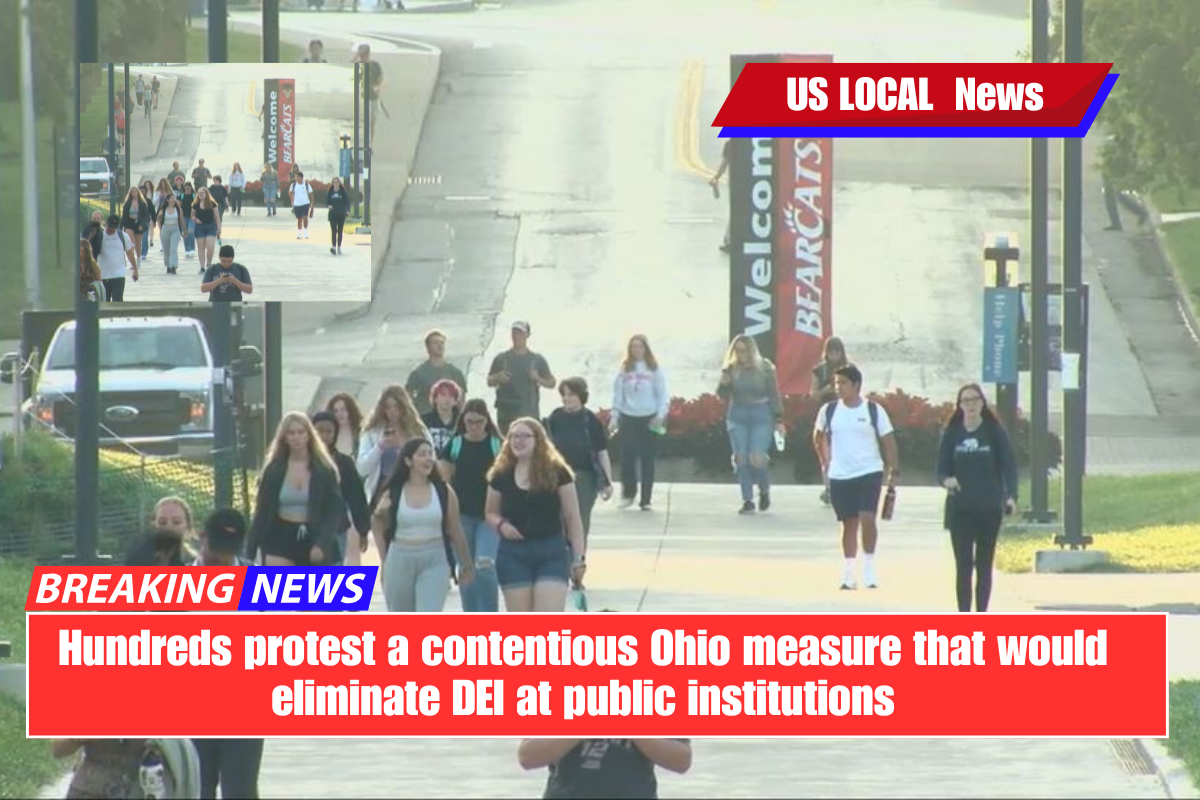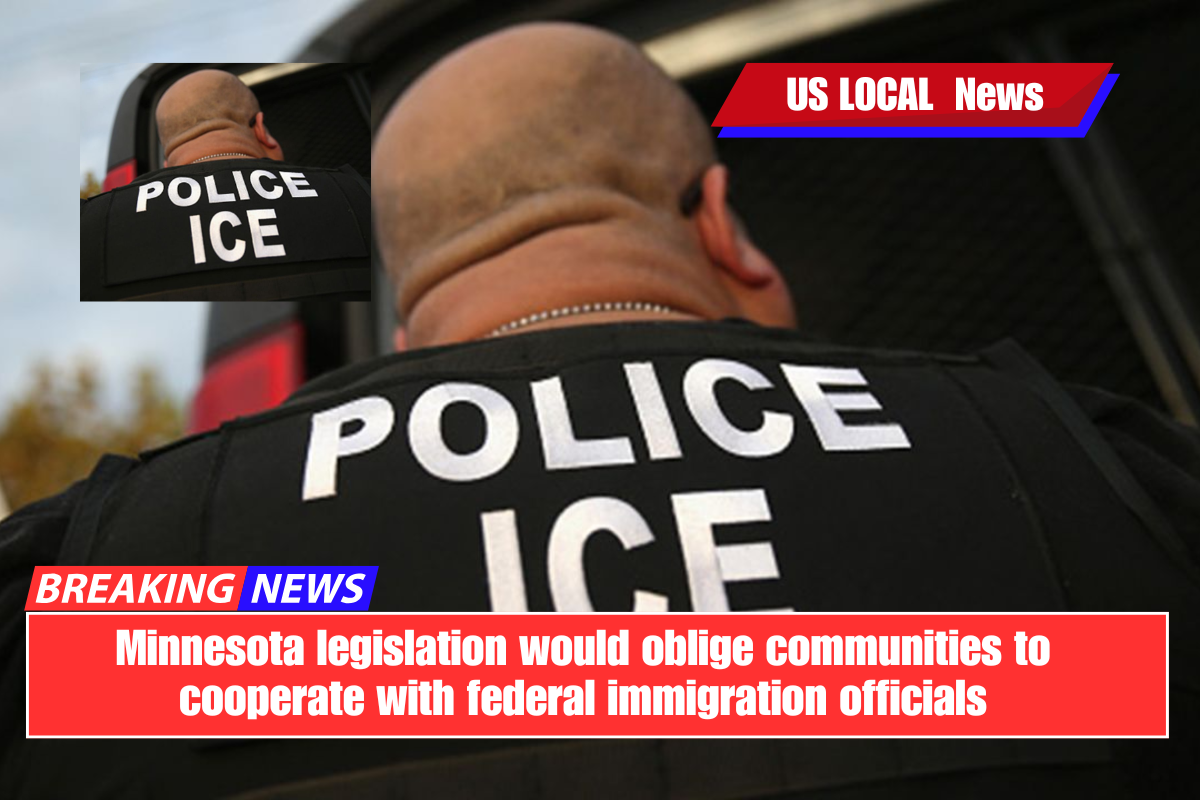Online tax payments are a quick and easy way to pay your federal taxes, but there are other options for paying the IRS. Many tax payment systems remain accessible throughout the year if you missed the April 15 deadline.
To avoid penalties and interest, the IRS recommends paying as much as you can as soon as possible. Taxpayers using IRS Free File or guided tax preparation applications may be familiar with electronic funds withdrawal (EFW).
Most software includes this payment option, which allows you to pay directly from your bank account when filing your return. To pay federal taxes, the IRS recommends using an online payment method, such as Direct Pay or a credit/debit card, rather than mailing them. However, there are other payment options, such as cash and same-day wire transfers.
Here are the 5 ways you need to know to pay your IRS taxes in 2025
IRS direct pay
IRS Direct Pay is a convenient and cost-effective tax payment option. You can use the IRS Direct Pay website to make a free payment directly from your savings or checking account.
You can also change or cancel your payment up to two business days before it is due to be processed. While the service can be used without registering with the organization, identification is required prior to payment.
To verify your identity, the Direct Pay website requires your address, Social Security number, birth date, and filing status from a previous year’s tax return. Keep in mind that Direct Pay is available to taxpayers from 7 a.m. to 11:45 p.m. EST on Sundays and midnight to 11:45 p.m. EST Monday through Saturday.

Debit card
To pay taxes with a digital wallet or debit card, the IRS requires you to use one of three payment processors: PayUSAtax, Pay1040, or ACI Payments. After selecting a processor, you can make a payment over the phone or online. There is a $2 processing fee and some changes to this option. To pay, go to the website and enter your credit card information, payment amount, and other details.
Credit card
A credit card can be used to pay your taxes, just like a debit card, but you will be charged a percentage processing fee rather than a flat fee. This implies that your costs will rise as your debt grows.
The IRS provides a comparison table of payment processor fees, indicating expected fees for each payment type. To make a credit card payment, go to one of the IRS’s three independent payment processors’ websites and enter your card number, payment amount, and other information. The processor will transmit the funds to the IRS.
Electronic funds withdrawal (EFW)
When submitting federal taxes through IRS Free Submit or another tax preparation package, the e-pay feature is usually integrated into the e-filing application. To authorize a direct debit withdrawal and make a payment, enter your banking information.
Another option is to have a human tax preparer electronically file your taxes and make your payment through an electronic money withdrawal.
If you are paying your bill with EFW after the tax deadline, you must do so on the same day you file your taxes. Payments cannot be scheduled after the tax deadline has passed.
Electronic Federal Tax Payment System (EFTPS)
American taxpayers can also use the Electronic Federal Tax Payment System for online payments. The IRS states that, unlike Direct Pay, you must register to use it, which could take up to five business days.
To complete the enrollment process, go to the IRS EFTPS website, enter your bank account and identity information, and receive a PIN in the mail. After receiving it, you will return to the internet to create a password and authorize an ACH transfer from your bank account.
EFTPS allows you to make payments almost at any time—online and phone payment services are available 24/7—view up to 15 months of payment history, and modify or plan future payments. Customer care representatives are available to answer payment-related inquiries.
Also See:- New Social Security Law Signed by Biden $360 Monthly Boost for Selected Beneficiaries




















